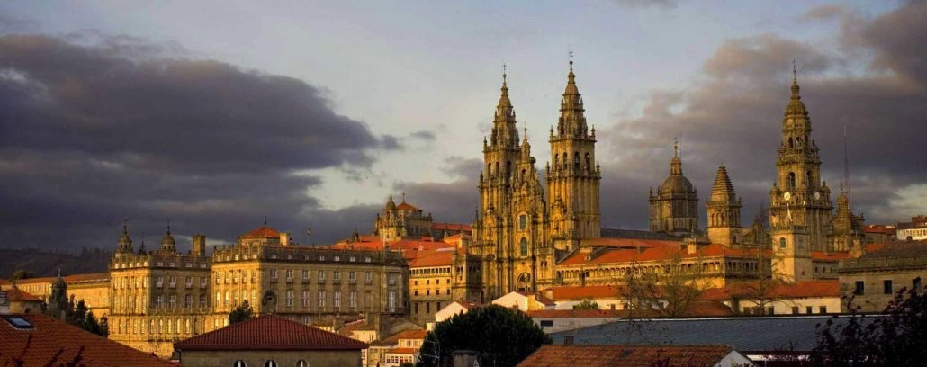Speaker
Description
A realistic description of atomic nuclei, in particular light nuclei characterized by clustering and low-lying breakup thresholds, requires a proper treatment of continuum effects. We have developed an approach, the No-Core Shell Model with Continuum (NCSMC) [1,2], capable of describing both bound and unbound states in light nuclei in a unified way. With chiral two- and three-nucleon interactions as the only input, we are able to predict structure and dynamics of light nuclei and, by comparing to available experimental data, test the quality of chiral nuclear forces.
We will discuss applications of NCSMC to nuclear reactions important for astrophysics and present results for the proton radiative capture reactions the 7Be(p,γ)8B [3] and 11C(p,γ)12N radiative capture. The 7Be(p,γ)8B reaction plays a role in Solar nucleosynthesis and Solar neutrino physics and has been subject of numerous experimental investigations. We will also highlight our recent calculations hinting at a possible near-threshold S-wave resonance in 6He+p [4] that might have implications for astrophysics. Experimental investigation of resonant 6He scattering on protons is planned at TRIUMF.
Supported by the NSERC Grants No. SAPIN-2016-00033 and SAPPJ-2019-00039 and by the U.S. Department of Energy, Office of Science, Office of Nuclear Physics, under Work Proposals No. SCW1158 and No. SCW0498. TRIUMF receives federal funding via a contribution agreement with the National Research Council of Canada. This work was prepared in part by LLNL under Contract No. DE-AC52-07NA27344. Computing support came from an INCITE Award on the Summit supercomputer of the Oak Ridge Leadership Computing Facility (OLCF) at ORNL, from Westgrid and Compute Canada, and from the LLNL institutional Computing Grand Challenge Program.
[1] S. Baroni, P. Navratil, and S. Quaglioni, Phys. Rev. Lett. 110, 022505 (2013); Phys. Rev. C 87, 034326 (2013).
[2] P. Navratil, S. Quaglioni, G. Hupin, C. Romero-Redondo, A. Calci, Physica Scripta 91, 053002 (2016).
[3] K. Kravvaris, P. Navratil, S. Quaglioni, C. Hebborn, G. Hupin, arXiv: 2202.11759.
[4] M. Vorabbi, P. Navratil, S. Quaglioni, G. Hupin, Phys. Rev. C 100, 024304 (2019).
| Topic | Theory |
|---|

